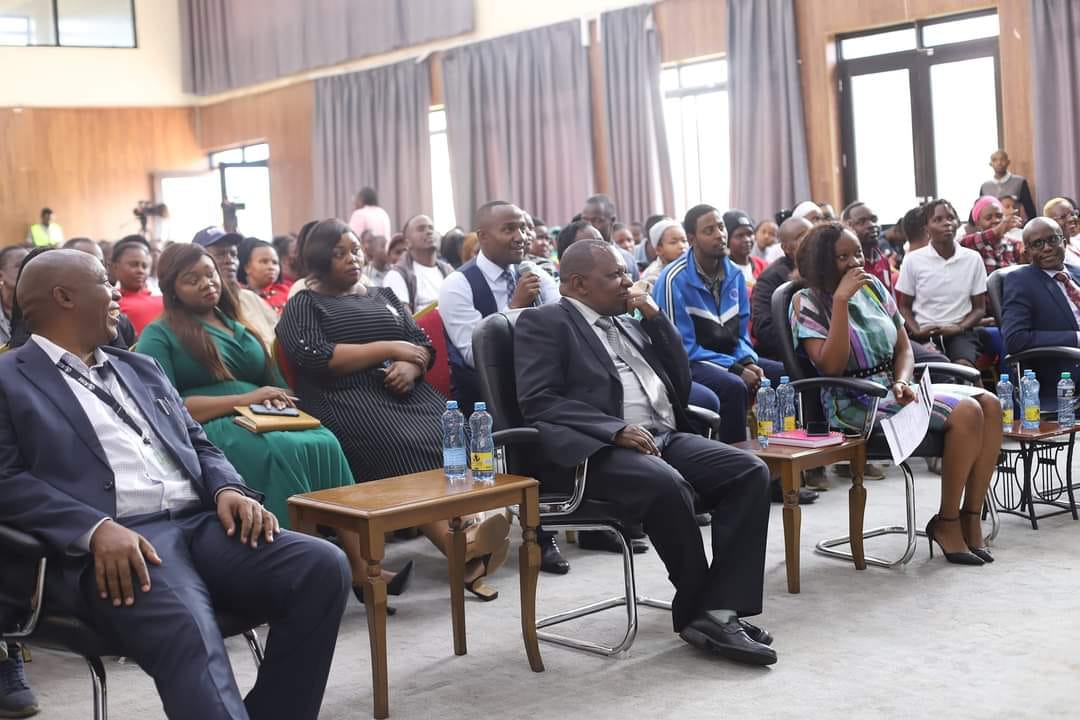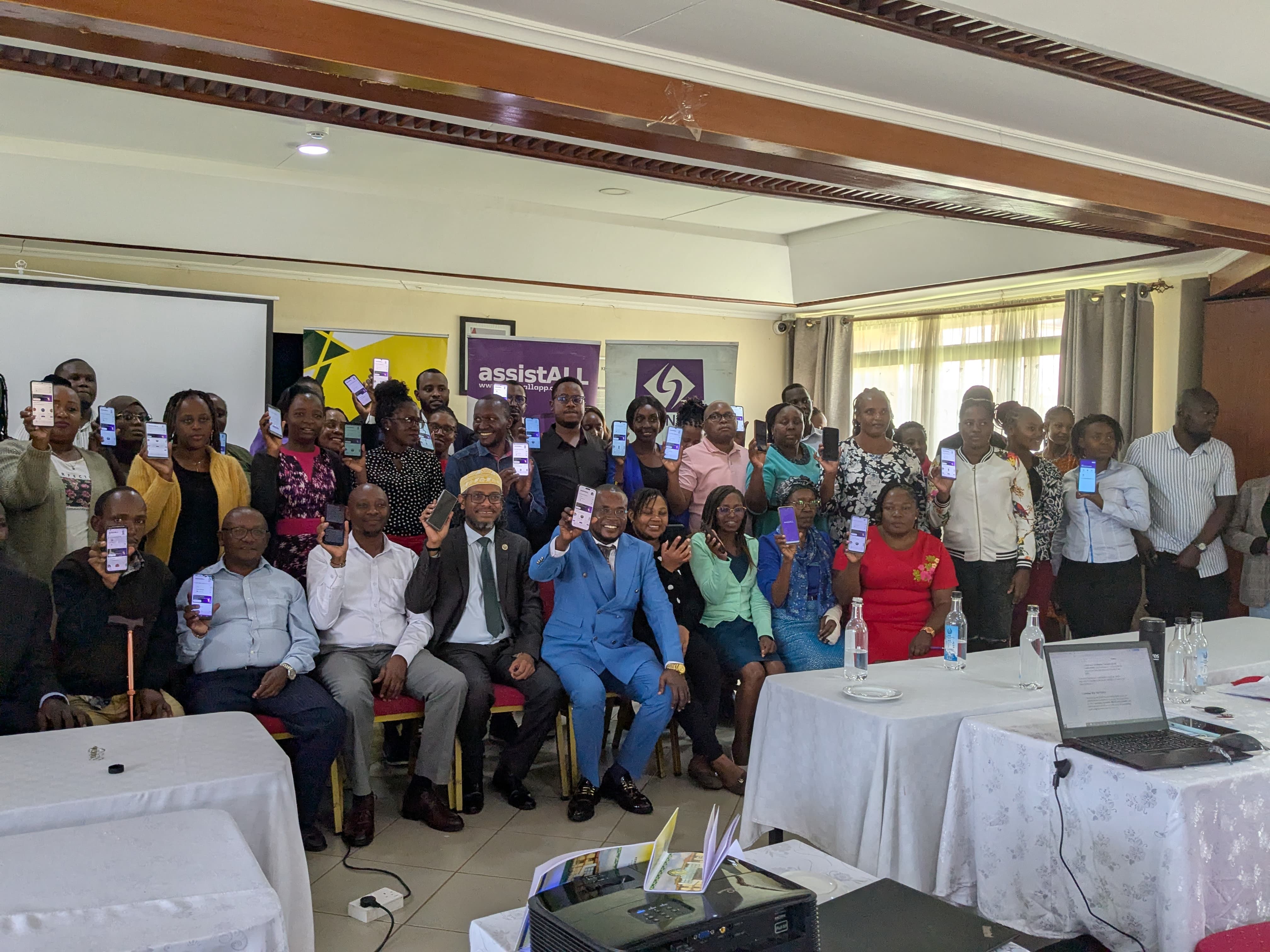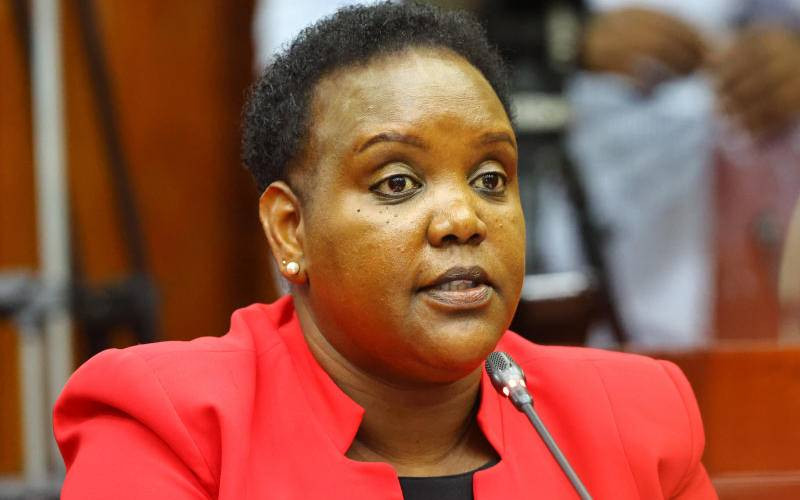Jehovah's Witnesses In Kenya Promote Sign Language Inclusion
BY William Inganga
Deaf persons may often experience frustration when communicating with hearing people who lack even the most basic sign language skills.
Against this backdrop, the Kenya Institute of Special Education (KISE) seeks to encourage the hearing population to make a diligent effort to learn Kenyan Sign Language (KSL). KISE also recognizes that religious settings can provide a fertile ground for learning and practicing KSL
According to the World Federation of the Deaf and the United Nations, there are more than 70 million Deaf people worldwide and over 300 different sign languages that vary in vocabulary, grammar, and syntax. To highlight this “linguistic and cultural diversity,” the United Nations instituted the International Day of Sign Languages. September 23, 2023, marked its fifth anniversary.
Among the organizations that appreciate such diversity are Jehovah’s Witnesses, who have received accolades for translating their positive message into many international sign languages. Not only do they hold the distinction of publishing the world’s first complete Bible in American, Brazilian, Mexican, and Russian Sign Language, but they also offer Bible-based content in over 100 different sign languages on their official website, jw.org.
The spokesman of Jehovah’s Witnesses in Kenya, Noah Munyao, says that there are 11 KSL congregations and groups in the country. Nairobi and Mombasa have three each, while Malindi, Kilifi, Kisumu, Nakuru, and Eldoret have one each.
Munyao explains that in these gatherings, all programmes are entirely driven by sign language. "We start with a song and prayer, both in sign language, followed by a Bible-based discourse and then a question and answer session using a Bible-based article,” he says. “Participation is in sign language. The meeting concludes with a song and prayer.”
Munyao reiterates that these sessions are similar to those conducted in hearing congregations around the world. The publications and videos used by the deaf are produced and translated into KSL by the witnesses and are availed without charge on jw.org.
Munyao believes that through these efforts, many have had the opportunity to access valuable information that has contributed to their well-being in the community.
The Deaf community among Jehovah’s Witnesses goes beyond those who are deaf. “Our sign language meetings are attended not only by deaf people but also the hearing who want to learn the language,” Munyao says. This arrangement fosters an environment where the hearing and hearing-impaired interact to understand one another through the shared language.
Only a few government-owned institutions, especially, offer courses in KSL. “The branch office of Jehovah's Witnesses makes arrangements when there's a need to hold sign language classes to train those who are willing to learn the language to interpret and preach to the deaf,” Munyao says.
The witnesses frequently inquired about where they lived and if any Deaf people were within their reach. Sometimes they get referrals from friends and family.
The first Kenyan sign language congregation was established in Buruburu in 2007 due to a relatively high number of Deaf people living in the surrounding areas.
Tags: Ksl Kise Deaf Awareness Month Jehovah’s Witnesses Jw.org
Related
Share this article
Experienced and versatile writer, dedicated to using my exceptional writing and editing skills to inform and advocate. My work focuses on educating and entertaining readers on a range of topics, with a particular expertise in matters of disability.
View articles

